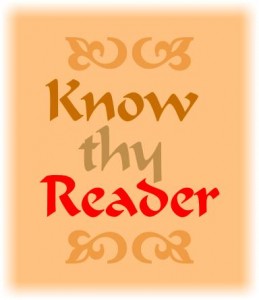 After 15 or 20 minutes spent reading the comments under the op-ed pieces in my local online newspapers I am surprised that there are any unsolved problems left in the world.
After 15 or 20 minutes spent reading the comments under the op-ed pieces in my local online newspapers I am surprised that there are any unsolved problems left in the world.
There are just so many experts out there. And each is ready and willing to give us the benefit of their, umm, wisdom.
Forget all of the carefully researched, considered, and crafted arguments of the paid (or sometimes unpaid) hacks. The dash-it-off readers have the real answers. They don’t need research. They don’t need time for careful consideration. And they certainly don’t need time to craft their responses. (Hey, what’s the problem with a bit of approximate spelling and innovative grammar? It’s the Internet, for goodness sake! Time is of the essence. Get with the programme.)
Of course a sprinkling of the op-ed authors have an agenda. Well, many of them do. I guess that’s why many of them took to their keyboards in the first place. And some can be pretty selective in their use of ‘facts’. But even an occasional reader must quickly grasp that Heather is left leaning and Gus has rightist tendencies. And responding to every proposal or suggestion with a general tirade against whichever politician or political party you didn’t vote for takes the argument nowhere.
If you feel the urge to join the commentariat, to add your opinion, please do. But please think. Please focus. And please make an effort to use language that encourages a rational consideration of your ideas. After all, if you are just going to have a mad, semi-literate rant, why should anyone bother to consider your point of view seriously?









